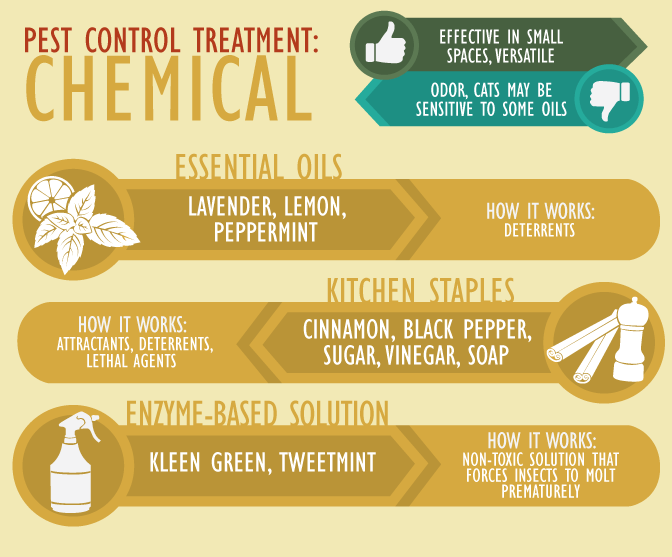Discover Crucial Strategies For Protecting Your Home From Rats In The Attic
Discover Crucial Strategies For Protecting Your Home From Rats In The Attic
Blog Article
Authored By-Britt Cheek
Picture your attic as a relaxing Airbnb for rodents, with insulation as fluffy as hotel pillows and circuitry extra enticing than area service. Currently, visualize these undesirable visitors tossing a wild party in your house while you're away. As local termite companies , guaranteeing your attic room is rodent-proof is not almost satisfaction; it's about securing your residential or commercial property and enjoyed ones. So, what easy actions can you take to guard your shelter from these fuzzy burglars?
Examine for Access Points
To begin rodent-proofing your attic room, check for entry points. Beginning by very carefully checking out the outside of your home, seeking any kind of openings that rodents could utilize to access to your attic. Look for spaces around energy lines, vents, and pipes, in addition to any cracks or holes in the structure or home siding. Ensure to pay attention to areas where various structure products fulfill, as these are common entry points for rodents.
Furthermore, evaluate the roofing system for any kind of damaged or missing shingles, along with any type of spaces around the edges where rodents might squeeze through. Inside the attic room, look for signs of existing rodent task such as droppings, chewed cables, or nesting materials. Utilize a flashlight to thoroughly examine dark edges and covert rooms.
Seal Cracks and Gaps
Inspect your attic room extensively for any kind of cracks and spaces that need to be secured to prevent rats from entering. Rats can squeeze with also the smallest openings, so it's critical to secure any possible entry points. Examine around pipes, vents, wires, and where the walls fulfill the roofing. Utilize a combination of steel woollen and caulking to seal off these openings efficiently. Steel wool is an outstanding deterrent as rats can not chew through it. Make Find Out More that all voids are securely secured to refute access to unwanted parasites.
Don't ignore the importance of securing spaces around doors and windows also. Usage climate stripping or door sweeps to seal these areas properly. Inspect the locations where utility lines enter the attic and seal them off using an appropriate sealant. By making the effort to secure all cracks and voids in your attic, you produce a barrier that rodents will certainly discover tough to breach. Avoidance is key in rodent-proofing your attic room, so be extensive in your initiatives to seal off any kind of prospective entry points.
Remove Food Resources
Take proactive measures to eliminate or keep all possible food sources in your attic to hinder rats from infesting the room. Rats are attracted to food, so removing their food resources is crucial in maintaining them out of your attic.
Here's what you can do:
1. ** Shop food securely **: Avoid leaving any type of food products in the attic room. Shop all food in impermeable containers made from metal or heavy-duty plastic to stop rodents from accessing them.
2. ** Tidy up particles **: Eliminate any type of stacks of debris, such as old papers, cardboard boxes, or wood scraps, that rats can use as nesting material or food sources. Maintain the attic room clutter-free to make it much less enticing to rats.
3. ** Dispose of rubbish effectively **: If you utilize your attic room for storage and have trash or waste up there, see to it to dispose of it frequently and properly. Rotting trash bin bring in rodents, so keep the attic room tidy and devoid of any natural waste.
Conclusion
To conclude, keep in mind that an ounce of prevention is worth an extra pound of treatment when it comes to rodent-proofing your attic.
By taking the time to evaluate for access points, seal cracks and spaces, and get rid of food resources, you can keep unwanted parasites at bay.
Keep in mind, 'An ounce of avoidance is worth an extra pound of treatment' - Benjamin Franklin.
Remain aggressive and safeguard your home from rodent problems.
